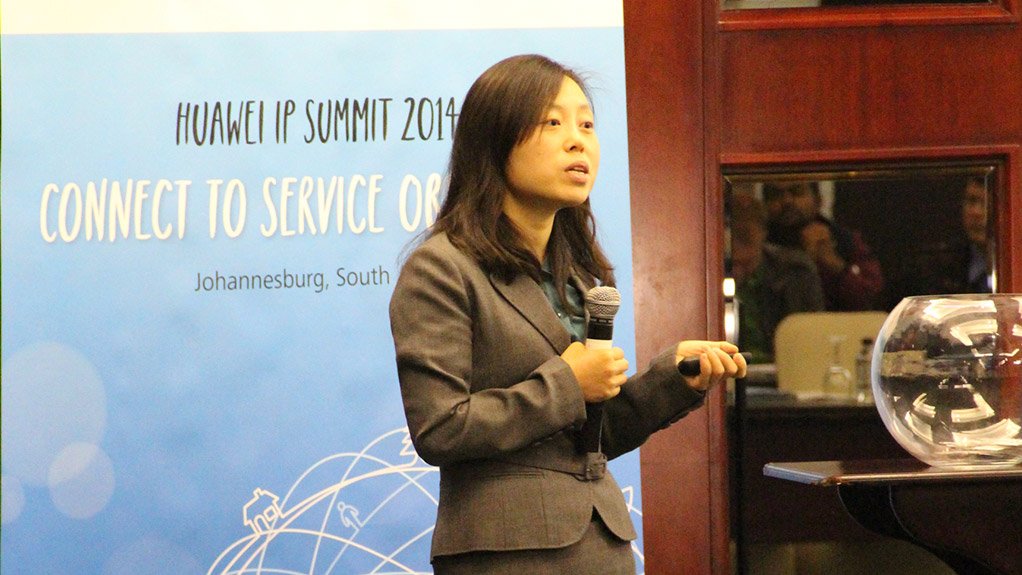
CAROL SUN Significant work is being done to develop standards for software-defined networking and network function virtualisation
Software-defined networking (SDN) is being applied at more than 30 projects in multiple industries worldwide to enable the real-time control and optimisation of data traffic on a fixed network infrastructure.
These projects aim to create flexible and configurable networks by capturing real-time traffic data and overall traffic patterns, which will then be used to determine specific policies for different network components and traffic routing for the varying patterns of traffic.
The architecture it is using for carrier networks separates the control and data planes using Internet Protocol (IP) in a central, software-based control system, which controls all the network elements, virtual and physical.
Chinese information technology giant Huawei is collaborating with the early adopters on these projects, says Huawei Technologies carrier IP and fixed network senior marketing manager Carol Sun.
The SDN system is a logically integrated solu-tion where separate platforms are managed by a global network control system that has been designed as an integral part of the network’s architecture. This also enables control, the configuration of policies and the profile-based definition of users or traffic to be done using one platform.
Most industrial SDN programmes in which Huawei is involved in begin with the virtualis-ation of the data centres and automating many of their internal processes. This is then followed by IP core traffic opti- misation to enable a global network con- trol plane from which to manage the entire net- work.
While significant work is being done to develop standards for SDN and network function virtualisation (NFV), Huawei is using an open-source platform for its SDN solution because it is a broadly used and accessible programming language.
Huawei works closely with the three main standards bodies working on IP and SDN stand-ards and is represented by its own experts on many of the standards work groups in these organisations, says Sun.
One of these standards organisations, the Internet Engineering Task Force (IETF), has published standards for adding programmability to existing hardware components.
The IETF is working on SDN standards and multiprotocol label switching (MPLS) that is cru-cial for IP-controlled SDN, where the labels on data packets can be changed as they travel through the network to enable data traffic opti- misation and services to be provided auto-matically on different data streams, says Huawei America engineer and IETF Routing Directorate co-chairman Andrew Malis.
“Huawei’s emphasis on standardisation is important for our customers who want multiple vendor operability of SDN environments. “The IETF is also developing IP standards, while its European counterpart, the European Telecommunications Standards Institute, is working on developing NFV standards.
“SDN standards focus broadly on network virtualisation, while NFV standards focus broadly on equipment virtualisation and will be used cumulatively to enable scalable, flexible and configurable smart networks.”
Commercial applications of MPLS have been successful and MPLS standards are focusing on the application of these standards to enable and accelerate IP-packet forwarding, which will enable traffic engineering and improve the performance of current telecommunications networks, concludes Malis.